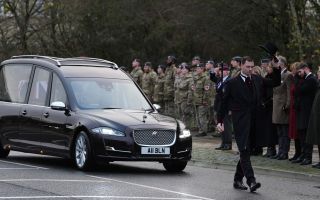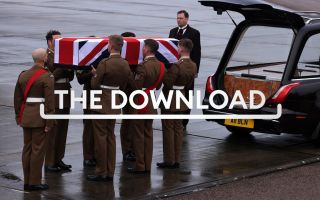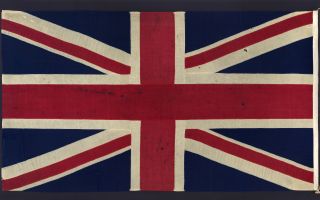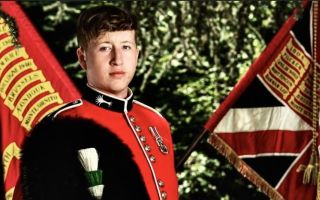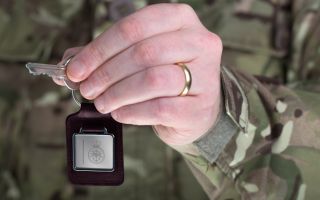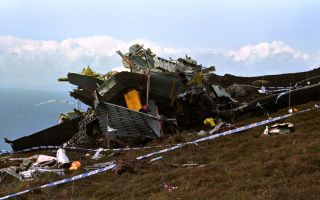
Two 'insanely loud' RAF Typhoons scramble to escort passenger jet safely into airport

Two RAF Typhoon jets have been scrambled to escort a civilian passenger aircraft landing at Manchester Airport after communication with the airliner was lost.
A Scandinavian Airlines SK 4609 flight was travelling from Oslo to Manchester when it lost communication with air traffic control.
The Ministry of Defence confirmed two Typhoons from RAF Coningsby intercepted the jet and communications were later restored.
Many people living across the region posted on social media after hearing the fighter jets scramble.
"Can confirm this was insanely loud. Thought the roof was coming off after they tore over," one X user wrote.
Manchester Airport confirmed the flight landed safely at 12.48pm and the airline said there was "never any danger to passengers".
A RAF spokesman confirmed: "Quick Reaction Alert Typhoon aircraft were launched this afternoon from RAF Coningsby to intercept a civilian aircraft that had lost communications.
"Subsequently communications were re-established, the aircraft was intercepted and safely escorted to Manchester."
What is Quick Reaction Alert and how does it work?
Quick Reaction Alert, known as QRA, is a state of readiness and procedure for air defence that is maintained at all times by Nato allies.
This means Royal Air Force crews are on standby 24 hours a day, 365 days a year, and are ready at a moment's notice to react to a threat within minutes, no matter the location within or just outside the UK's airspace, defending our skies seamlessly, day and night.
A QRA response involves a fighter aircraft being scrambled to investigate an infringement of a Nato country's airspace or area of interest and involves a co-ordinated response between the RAF's reporting and operations centres and the pilots.
The science behind the sonic boom
When planes fly faster than the speed of sound – around 761mph – a sonic boom is created.
Travelling at this speed, also known as Mach 1, the aircraft displaces the air and creates pressure waves that become compressed and then released in a shock wave.
Typhoon's weaponry
In 2021, Typhoons were used to conduct air strikes in northern Iraq using Storm Shadow missiles for the first time and Paveway IV bombs during Operation Shader in Syria.
With its multi-role capability and variety of weapons, the Typhoon FGR4 is capable of engaging numerous target types.
The Typhoon can carry a vast range of air-to-surface weapons and can remain on task for long periods of time with large, flexible weapons loads.
It is armed with an internal 27mm Mauser cannon; ASRAAM, Meteor and AIM-120 AMRAAM air-to-air missiles, Enhanced Paveway II and Paveway IV precision-guided bombs and Storm Shadow and Brimstone air-to-ground missiles.


